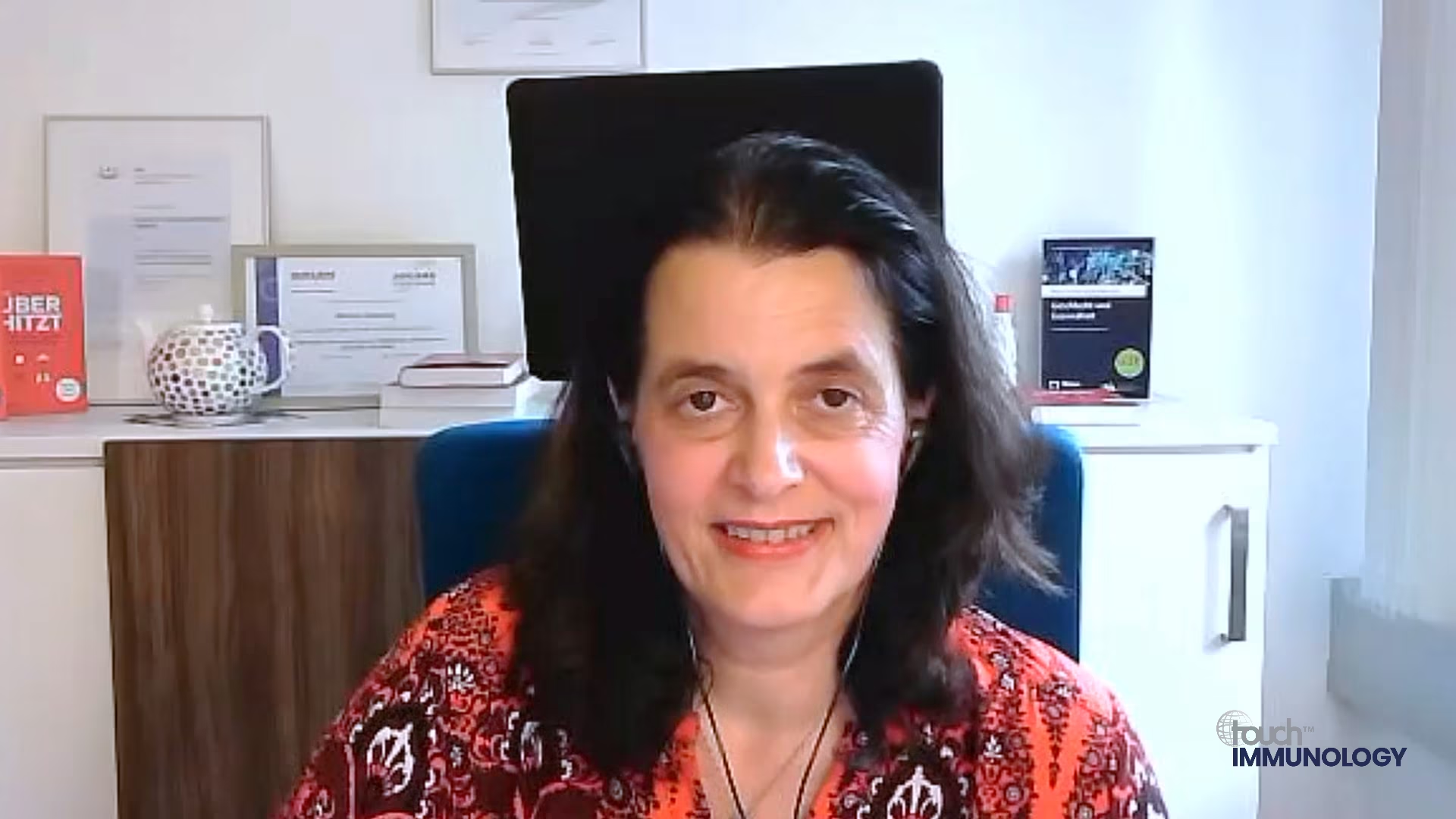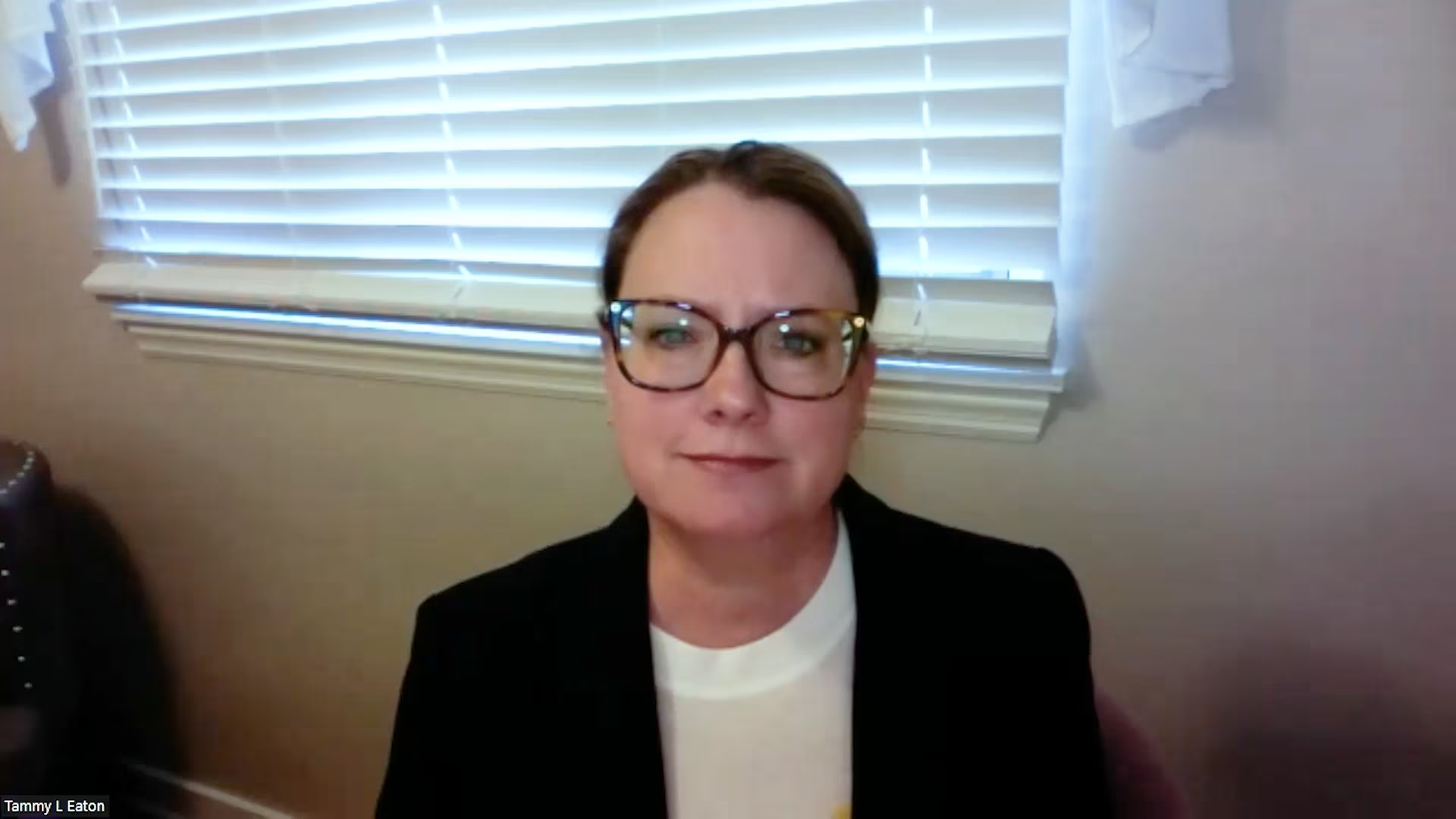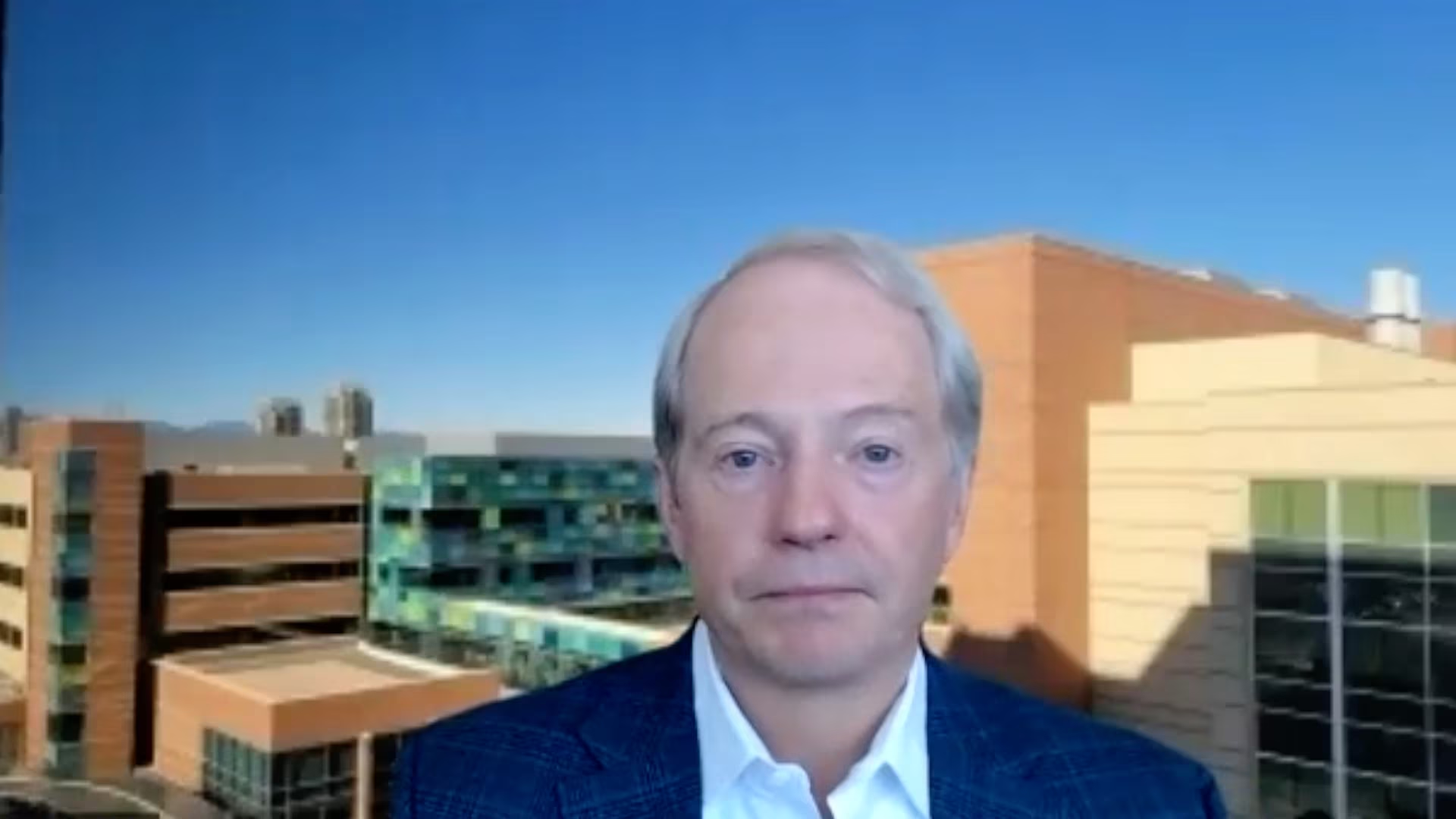Air pollution and respiratory diseases: Claudia Traidl-Hoffmann, EAACI 2023
Air pollution has been linked to exacerbating and causing symptoms associated with respiratory diseases, particularly impacting patients with asthma, COPD and allergic disease. touchRESPIRATORY were delighted to speak with Prof. Claudia Traidl-Hoffmann (University in Augsburg, Germany) around the symptoms associated with exposure to air pollution, the impact of air pollution on existing respiratory conditions and in the development of lung conditions, and how people living with these conditions can reduce their exposure to air pollution.
The abstract ‘Airpollution and respiratory diseases.‘ was presented at the European Association of Allergy & Immunology (EAACI) conference, 09-11 June 2023.
Questions
- What respiratory symptoms are associated with exposure to air pollution and do they differ between pollutants? (0:30)
- How is air pollution thought to impact the respiratory system and in particular patients with existing respiratory conditions such as asthma and COPD? (1:26)
- What is the link between air pollution and developing lung conditions? (2:24)
- What study data surround the relationship between air pollution and respiratory disease? (3:12)
- How can people living with respiratory conditions reduce their exposure to air pollution? (4:03)
Disclosures: Claudia Traidl-Hoffmann has nothing to disclose in relation to this video interview.
Support: Interview and filming supported by Touch Medical Media Ltd. Interview conducted by Victoria Jones.
Filmed in coverage of the EAACI Annual Meeting.
Transcript
What respiratory symptoms are associated with exposure to air pollution and do they differ between pollutants? (00:30)
So in general, air pollution is connected with respiratory diseases, and, at the end, it’s connected with all symptoms we see. So it’s connected with rhinitis and it’s also connected with wheezing, it’s connected with asthma. So all symptoms that we see in the respiratory tract are in some way connected with pollutants and it’s not one pollutant doing or causing a specific symptom. It’s that, at the end, I’m speaking always about the soup of substances. They are coming together and causing these symptoms. So all pollutants are, at the end, causing a lot of symptoms in the nose and in the lung.
How is air pollution thought to impact the respiratory system and in particular patients with existing respiratory conditions such as asthma and COPD? (01:27)
The problem is that pollutants, they are reducing, first of all, the barrier function of the mucosa and also of the skin, for example. By this barrier reduction, we have also the penetration of allergens, for example. So we do see also an exacerbation of allergies, allergic asthma, by the triggering of air pollutant. So we can understand this in a way that pollutants are really inducing also always a small inflammation in the lungs and also in the mucosa. So these pollutants together are reducing the barrier function and are inducing inflammation, which, at the end, can also lead to cancer.
What is the link between air pollution and developing lung conditions? (02:23)
This is something we know also from complex systems. We and others performed also animal studies showing when you treat mice with air pollutants, they have a higher susceptibility to develop respiratory diseases. But we know this also from huge epidemiological studies that, when children are living in high pollutant cities, they have a higher probability to develop asthma, so meaning that this is a major risk factor, pollution is a major risk factor for the development of respiratory symptoms, rhinitis, asthma, both.
What study data surround the relationship between air pollution and respiratory disease? (03:12)
So the connection between air pollution and respiratory disease is huge. When we look into PubMed, we see more than 30,000 publications on respiratory disease and pollution and this is not only an association, so it’s really causality. So we know also the molecular mechanisms that are leading to exacerbation of respiratory disease, but also for the driving of respiratory disease. So the evidence is huge. So this means, really, we know pollutants are inducing respiratory diseases, and this is also why we need a reduction of the pollutants in the air.
How can people living with respiratory conditions reduce their exposure to air pollution? (04:04)
This is an important point because we know that we have these non-communicable diseases, which asthma and rhinitis are some of these non-communicable diseases, and these non-communicable diseases have five environmental causes and one of these environmental causes, pollution, is something which has to be done by the government. They have really to reduce or also make cities clearer and less air pollution. So the people themselves, they cannot go out, for example, or live in the countryside, but this is a seldom possibility, really. So it has really to be that politicians are taking care of a lower air pollution in the air.
Subtitles and transcript are autogenerated.







